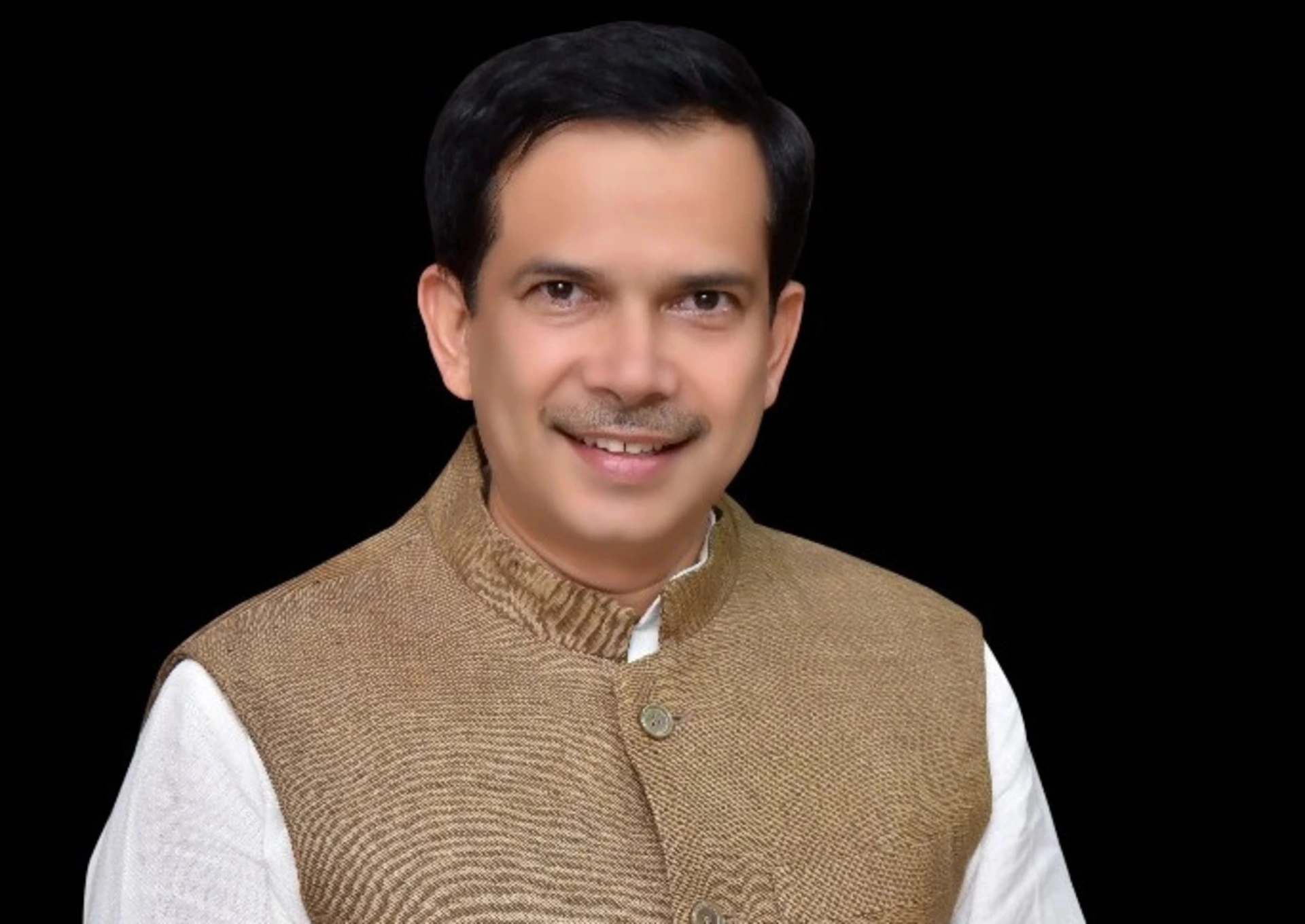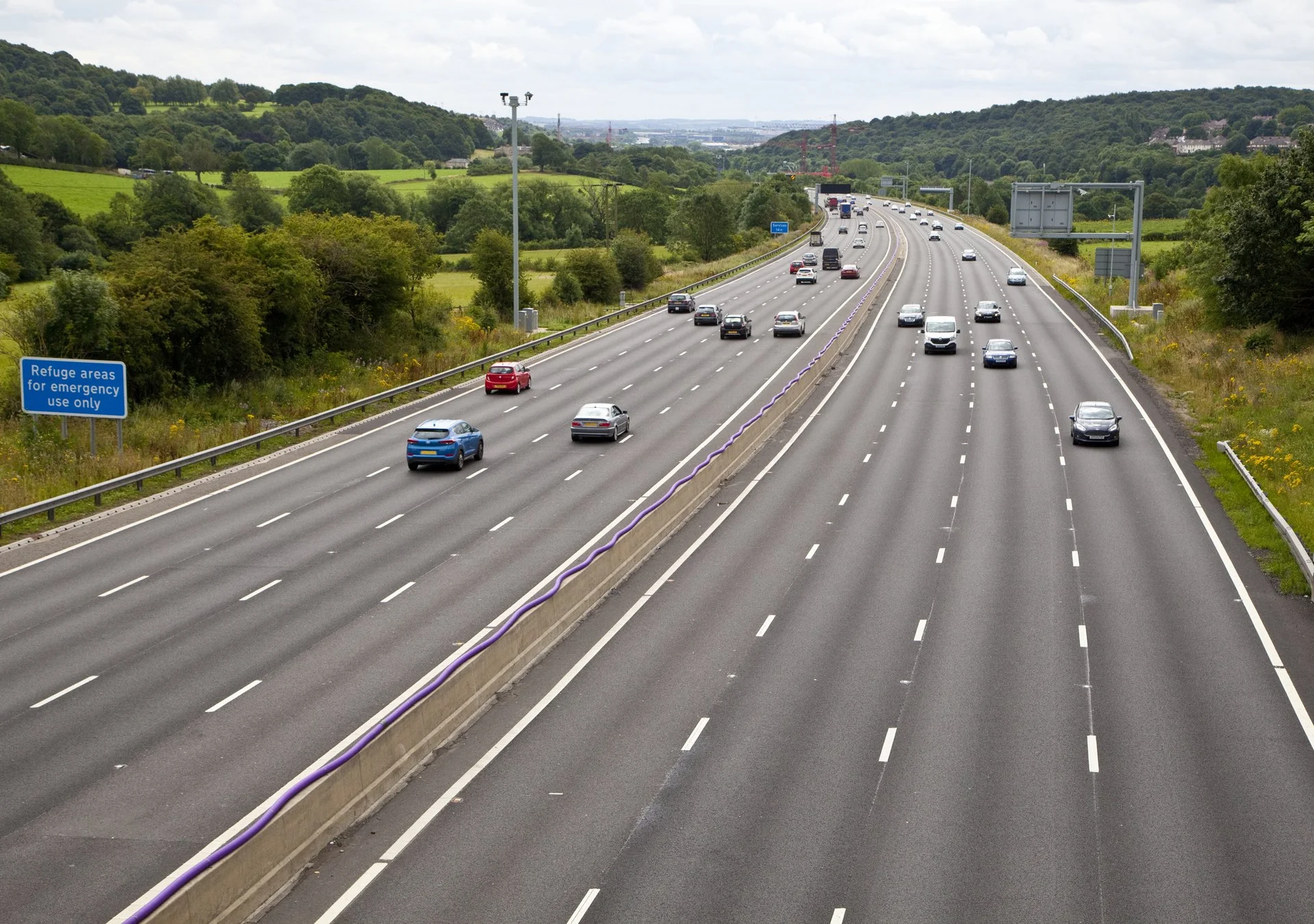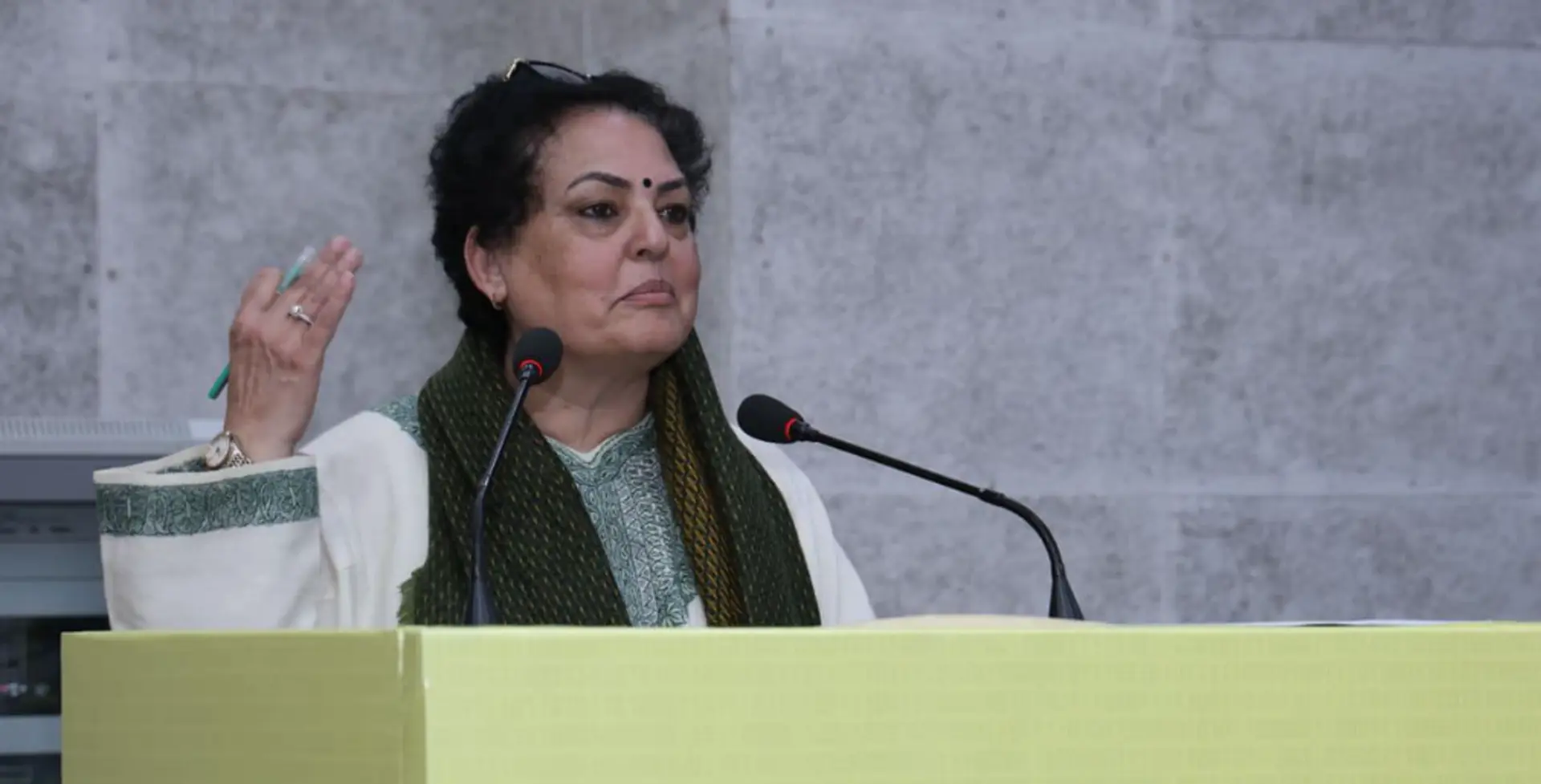
The region of what is now known as Haryana has been rich and prosperous for ages. We find in the annals of Indian history that this region was conquered by several native and non-native powers, Marathas included. According to the official website of the Government of Haryana, “Towards the middle of the 18th century, the Marathas had established their sway over Haryana.” These warriors from Deccan, like the mighty Rashtrakutas, who preceded them by several centuries, conquered significant territories in Northern India. Among the Marathas, it was the house of Scindia that ended up establishing its power in Haryana.
Scindias
Sendrakas, who were colloquially called Shindes, acquired a new surname when they moved to the north as members of the conquering Maratha army; they came to be called Sindhias and later as Scindias, the surname that this family uses even today. Haryana has a special place in the history of this family; it was on the land of this state that several Scindias made their supreme sacrifice for their motherland, resisting the onward march of the invading Afghan army (refer to writings on the third battle of Panipat).
More than a thousand kilometers away from this region in Kanherkhed (Maharashtra) are the cenotaphs of these Scindia brave hearts. This year on “Panipat Shaurya Diwas,” Union Minister Mr. Jyotiraditya M. Scindia and this author went to Panipat to pay their respects to these fallen heroes at the Kala Amb War Memorial. Maratha power in north India was resurrected after the debacle at Panipat by Maharaja Mahadji Rao Scindia.
According to the book Representative Men of Central India published in 1900, after the success in Northern India, Maharaja Mahadji Rao Scindia returned to the Deccan and gave his daughter, Balabai, in marriage to Maratha aristocrat Ladoji Rao, son of Sidhoji Rao Shitole. 106 villages in Panipat and Sonipat districts in what is now Haryana were given to Scindia’s son-in-law Ladoji, by the Mughal Shah Alam, who was then a prisoner of Mahadji Rao Scindia. There was a period when Scindia’s daughter, Balabai Shitole, administered the affairs of these 106 villages in Haryana during the minority of Bapu Saheb Shitole. In this article, the author will try to explain the rise of Scindia power in Haryana, referring to state gazetteers and several books already written on this state’s history.
Rise of Mahadji
Mahadji Scindia took revenge for the killing of his brother Dattaji Scindia by Kutubshah at Burari Ghat in Delhi. The Maratha army under his command achieved an easy victory over the Afghan forces stationed at Kunjpura near Karnal. Damaji Gaikwad imprisoned Kutubshah and took him to Sadashivrao Bhau, who ordered that he be executed. A Maratha warrior lopped off his head. He received no burial. The crows and jackals devoured him where he lay before the standard.
In the same way was killed Saidkhan Katalbaj who also had been taken. Fifteen thousand men of these two captains were killed. Even though the Marathas won at Kunjpura, they were defeated at Panipat on January 14, 1761. The day after the battle, approximately 40,000 Maratha prisoners, including Jankojirao Scindia, were slaughtered in cold blood. It appeared to many observers that Hindavi Swarajya was over, but they were wrong. An injured Mahadji Scindia rose to avenge the carnage of Marathas by Afghans. Within just 10 years of that battle, he became the supreme authority in Delhi. According to retired Professor Satish Chandra Mittal in his book Haryana: A Historical Perspective, published by Atlantic Publishers and Distributers, then he (Scindia) turned his eyes to Haryana. It was divided into several small principalities.
The main powers may be alluded to as follows:
The northern part of Haryana, including Ambala, Karnal, and Jind, had been under the Sikh chiefs. Najaf Quli Khan had occupied the territories of Rewari, Narnaul, Gurgaon, Jhajjar, and Rohtak. He posed as an independent ruler, with Gokalgarh as his capital. The north-east territory of Haryana was under the Bhatis. They had in their possession Fatehabad, Rania, and Sirsa. So practically the whole of Haryana was independent. Scindia had to put in much effort to conquer and administer the territories.= He detailed Tukoji Holkar's plan to secure Mewat areas against the Sikh raids. Gopal Hari, the Maratha thanedar of Nuh, tried to seize the adjoining territories. Mahadji Sindhia sent troops under the supervision of Gopal Bhau, assisted by Jiva Dada Bhakshi and Col. De Boigne, who marched towards Rewari. Gopal Bhau besieged and occupied the fort of Gokalgarh near Rewari on July 16, 1791, and kept Ismail Beg's father, Munim Beg, as a prisoner in Agra fort. Maratha Khande Rao marched towards Madhogarh and occupied it on February 16, 1792.
Ismail Beg attacked the fort of Kanaud after the death of the widow queen of Najaf Quli Khan. The troops of the enemies of Mahadji Scindia capitulated to the Maratha forces. Ismail Beg was captured and imprisoned in the fort of Agra and put to death in March 17941. In the meantime, Mahadji ousted Bhattis and occupied Fatehabad, Rania, and Sirsa. Scindia divided the territories of Haryana into four parts. The details are as follows:
- Delhi: It included the Mughals’s palace and family and the surrounding area of Haryana.
- Panipat: It constituted the present districts of Karnal, Sonipat, Ambala, and Kurukshetra.
- Hisar: It included Hisar and some parts of the present district.
- Mewat: It included Gurgaon, Rewari, Narnaul, and Mahendragarh.
After the death of Mahadji Scindia at Poona on February 12, 1794, his northern viceroy, Gopal Bhau, appointed Devji Gaula and Bapu Malhar at Panipat and Apa Khande Rao, who was in charge of Delhi district at Jhajjar. In November 1794, Mahadji’s adopted son and successor to the Scindia throne, Daulat Rao Scindia, appointed Lakhwa Dada as his viceroy of the north in place of Gopal Bhau. Later, Lakha Dada appointed his deputy Nana Rao at Karnal and allowed him to collect the revenue from the Cis Sutlej country (Patiala and other Sikh states).
Fall of Scindia Power
Professor Mittal (in his book Haryana, a Historical Perspective, published by Atlantic Publishers and Distributers) writes that Haryana remained under the control of Marathas till 1803. After bravely resisting British aggression and being finally defeated in the battle of Laswari in what Rajasthan is now, on December 30, 1803, Maharaja Daulat Rao Sindhia ceded the territory of Haryana to the British East India Company through the treaty of Surji Anjangaon. It was in the Presidency of Bengal that Haryana was included, with a resident of Delhi to administer it. The territories, which generally included Panipat, Sonepat, Samalka, Ganur, Haveli Palam, Nuh, Hatheen, Tijara Bhora, Tapu-kara, Sohna, Rewari, Indri-Palwal, etc., were kept under the direct supervision of the British. These territories were placed under the administration of the resident as "assigned territory.”
The remaining region was divided among different chiefs and sardars. For example, Nawab Isa Khan and Ahmad Baksh Khan were granted their old jagirs. Faiz Talab Khan and Ahmad Baksh Khan were given the paraganas of Pataudi and Loharu, Firozpur-Jhirka, respectively. Rao Tej Singh got the territory of 87 villages in Rewari, Paragana. Similarly, Murtaza Khan and Muhammad Ali Khan got Hodal and Palwal paraganas, respectively. Rohtak, Meham, Beri, Hissar, Hansi, Agroha, Tosham Barwala, and Jamalpur were given to Rohilla chief Bambu Khan. Later, they were transferred to Abdus Samad Khan. Muhammad Ali Khan of Muzaffarnagar got possession of some villages in Karnal. Begum Samru of Sardhana also got some villages in the paraganas of Karnal and Gurgaon. Other jagirs remained as early. For example, Nawab Dilar Khan of Kunjpura, Raja Bhanga Singh of Thanesar, Bhai Lal Singh of Kaithal, Gurdit Singh of Ladwa, and the Sardar of Shamgarh remained in possession of their territories. Scindia lost his territories north of the Chambal River, including Haryana, Delhi, and parts of Punjab; his dominion was reduced to what is now Madhya Pradesh.
Conclusion
Haryana is special for the Maratha Scindia family and will remain so because of their historical association with this state. It is a prosperous state with a rich culture and profound diversity. It is important that less-known facts about Haryana’s history are taught to young students so that future generations of Haryanvis feel proud of being born in a state that has faced so many attacks by foreign invaders, yet its residents have remained resilient and strong. Maratha warriors came from the Deccan to protect what is now Haryana from the invading Afghans, showing the civilisational unity of India. May this civilisational unity be protected and strengthened.















